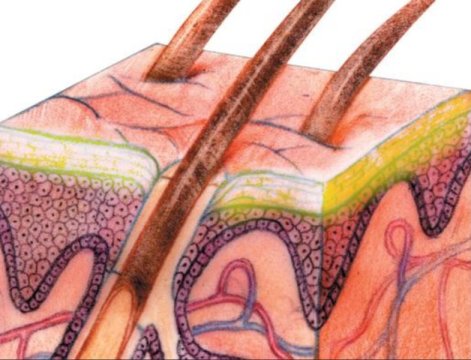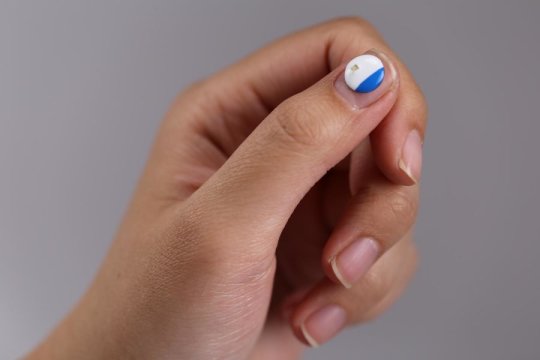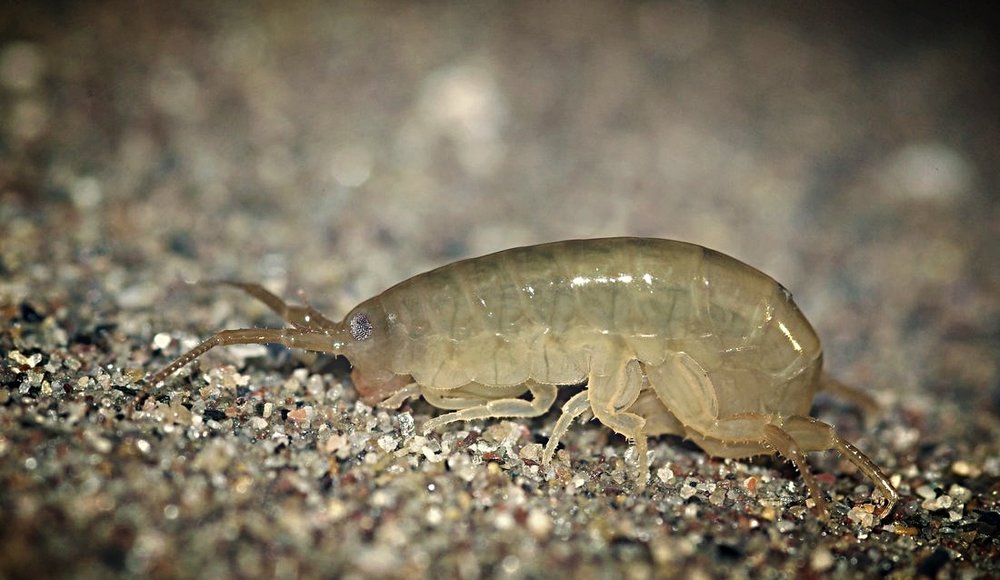Atopic dermatitis, a common inflammatory skin condition also known as allergic eczema, affects nearly 20 percent of children, 30 percent of whom also have food allergies. Scientists have now found that children with both atopic dermatitis and food allergy have structural and molecular differences in the top layers of healthy-looking skin near the eczema lesions, whereas children with atopic dermatitis alone do not. Defining these differences may help identify children at elevated risk for developing food allergies, according to research published online today in Science Translational Medicine. The research was supported…
Read MoreCategory: Skincare
Realistic exposure study supports the use of zinc oxide nanoparticle sunscreens
Zinc oxide (ZnO) has long been recognized as an effective sunscreen agent. However, there have been calls for sunscreens containing ZnO nanoparticles to be banned because of potential toxicity and the need for caution in the absence of safety data in humans. An important new study provides the first direct evidence that intact ZnO nanoparticles neither penetrate the human skin barrier nor cause cellular toxicity after repeated application to human volunteers under in-use conditions. This confirms that the known benefits of using ZnO nanoparticles in sunscreens clearly outweigh the perceived…
Read MoreWorld’s smallest wearable device warns of UV exposure, enables precision phototherapy
The world’s smallest wearable, battery-free device has been developed by Northwestern Medicine and Northwestern’s McCormick School of Engineering scientists to measure exposure to light across multiple wavelengths, from the ultra violet (UV), to visible and even infrared parts of the solar spectrum. It can record up to three separate wavelengths of light at one time. The device’s underlying physics, and extensions of the platform to a broad array clinical applications are reported in this study to be published Dec. 5 in Science Translational Medicine. These foundational concepts form the basis of…
Read MoreThe naked eye alone is not enough to ensure the accurate diagnosis of skin cancer, say experts
The visual inspection of a suspicious skin lesion using the naked eye alone is not enough to ensure the accurate diagnosis of skin cancer, a group of experts have concluded following a largescale systematic review of research. The review is published today (Dec 6th) in The Cochrane Libraryas part of a Special Collection of Cochrane Systematic Reviews bringing together a large body of research on the accuracy of tests used to diagnose skin cancer. The suite of eleven reviews was led by Dr Jac Dinnes at the University of Birmingham and…
Read MoreWhat happens when sand fleas burrow in your skin?
Tungiasis, a tropical disease associated with poverty, is caused by the penetration of female sand fleas into a person’s skin, usually in their toes or feet. This week in PLOS Neglected Tropical Diseases, researchers report five cases of severe tungiasis to illustrate how the disease may develop into a life-threatening condition. When the female sand flea (Tunga penetrans or Tunga trimamillata) penetrates the skin, it begins quickly growing. Within days, this growth causes intense inflammation with pain and itching. Generally, once all eggs are expelled into the environment through a tiny hole in…
Read More




